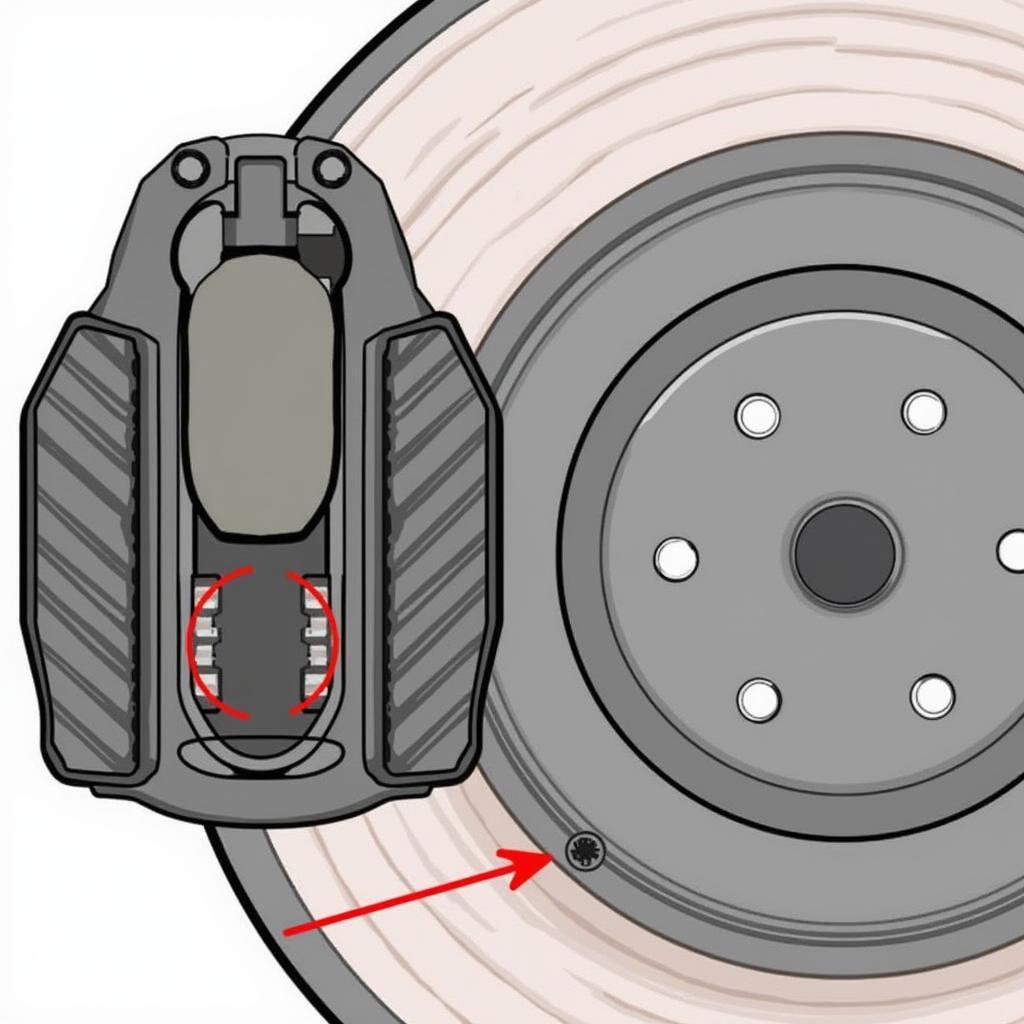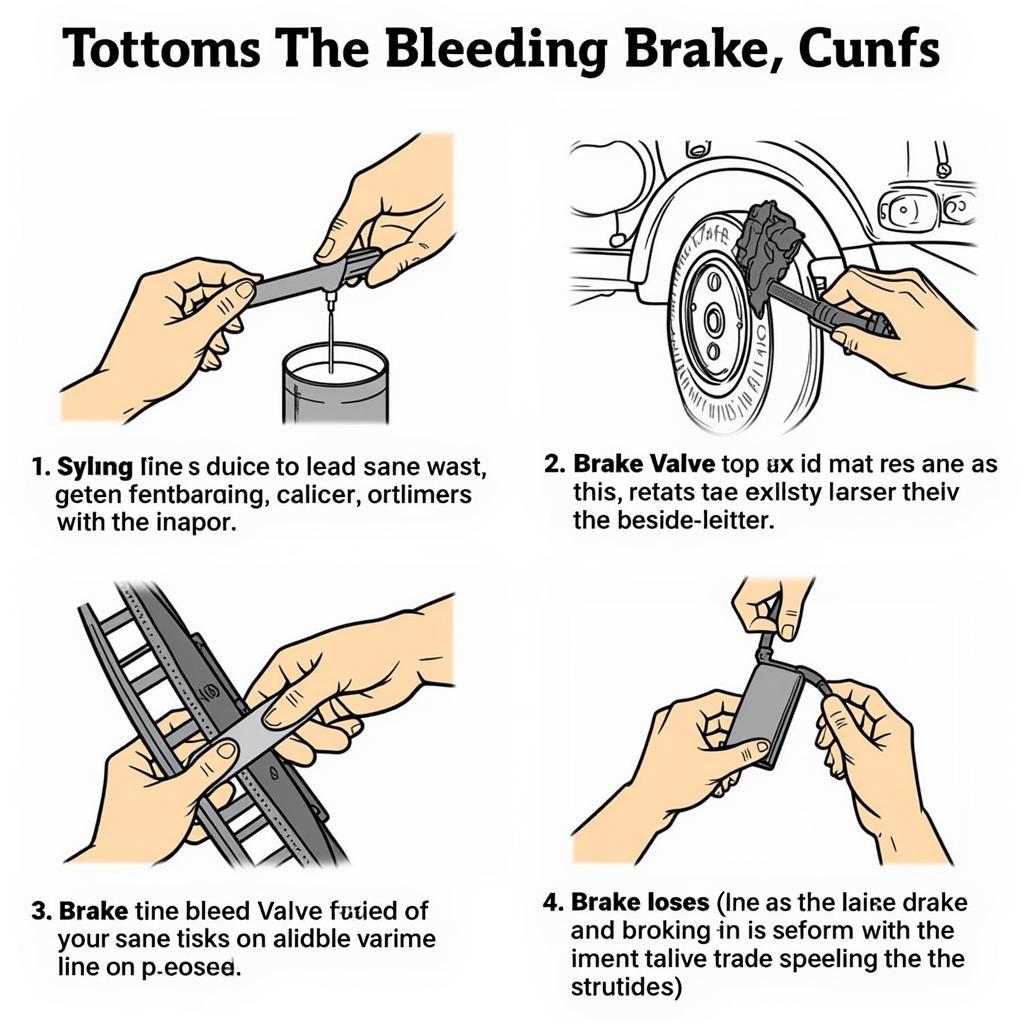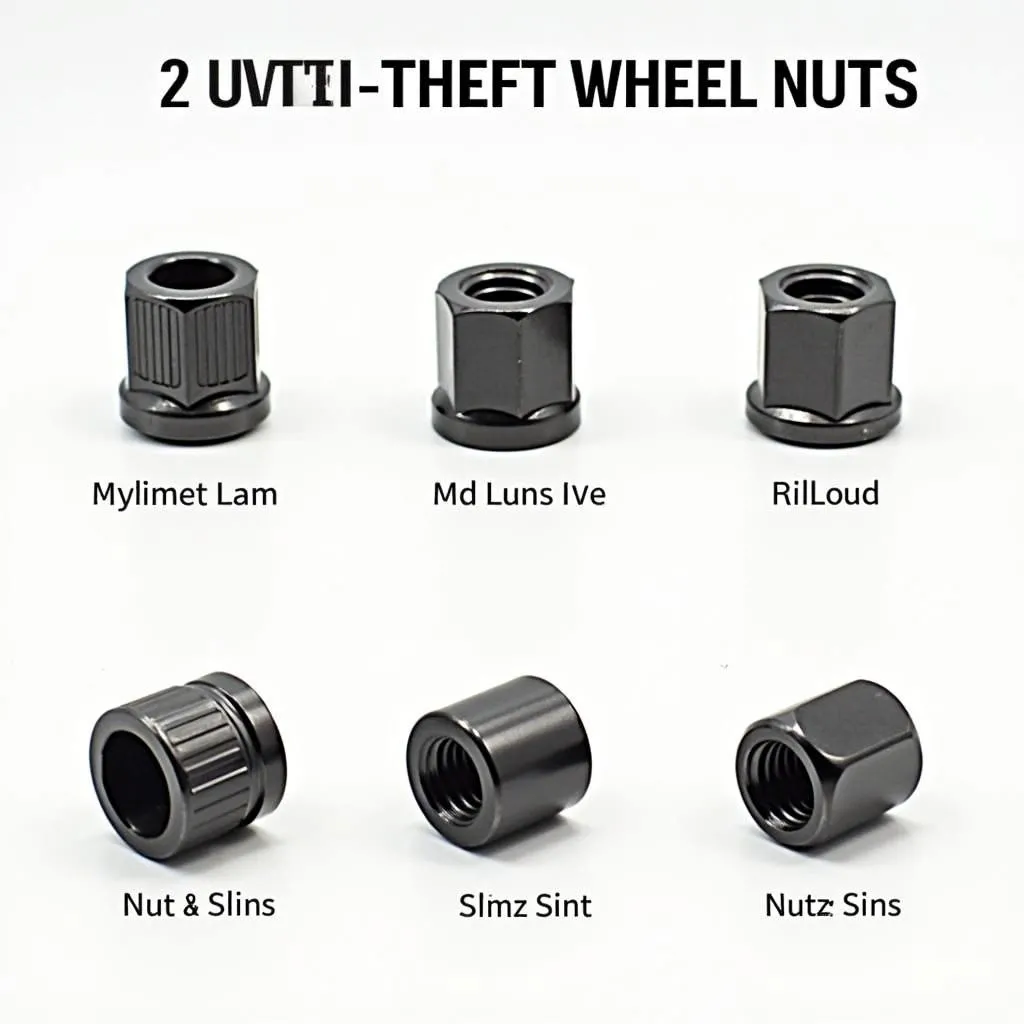You’ve just replaced your worn brake pads, a wave of accomplishment washes over you… until you start your car, and the pesky brake warning light is still glaring back at you. Frustrating? Absolutely. But don’t hit the panic button just yet. This situation is surprisingly common and there are several reasons why your brake pad warning light might stay on even after a pad change.
This article delves into the common culprits behind this persistent light and guides you through diagnosing and resolving the issue, getting you back on the road with confidence and peace of mind.
Common Causes of a Lingering Brake Warning Light
Let’s shed some light on why your brake warning light might refuse to turn off after you’ve replaced the pads:
-
Worn Brake Pad Sensor: Most modern vehicles use a sensor, usually a small wire embedded within the brake pad, to monitor pad wear. When the pad wears down to a certain point, this sensor makes contact with the brake rotor, triggering the warning light. If the sensor wasn’t replaced along with the brake pads, or if it’s damaged or malfunctioning, the light will persist.
-
Faulty Brake Fluid Level Sensor: Your car’s braking system relies on hydraulic pressure generated by brake fluid. If the brake fluid level is too low, it could indicate a leak or another issue within the system. The brake warning light often doubles as an indicator for low brake fluid, so even with new pads, this light will stay on until the fluid level is corrected.
-
Air in the Brake Lines: When changing brake pads, air can sometimes get trapped in the brake lines. This air disrupts the hydraulic pressure needed for proper braking, prompting the warning light to illuminate. Bleeding the brakes, a process of removing air bubbles from the lines, is crucial after any brake work.
-
Electrical Gremlins: Occasionally, the issue might stem from a simple electrical fault. This could be a loose connection, a corroded wire, or a malfunctioning switch related to the brake warning system.
 Brake Pad Wear Sensor
Brake Pad Wear Sensor
Troubleshooting the Persistent Brake Light
Now that we’ve outlined the potential culprits, let’s delve into a step-by-step guide to help you pinpoint the root cause:
1. Check the New Brake Pad Sensors:
- Begin by inspecting your new brake pads. Do they have a sensor? If so, compare them to the old pads to ensure the sensor wire is present and undamaged.
2. Inspect Brake Fluid Levels:
- Locate your car’s brake fluid reservoir (refer to your owner’s manual for its location).
- Check if the fluid level is between the minimum and maximum markings.
- Important: If the fluid level is low, do not simply top it off. This could point to a leak that needs immediate professional attention.
3. Examine Brake Lines for Leaks:
- Visually inspect the brake lines running along the undercarriage of your vehicle.
- Look for any signs of leaking fluid, which might appear as wet spots or drips.
4. Consider Electrical Issues:
- While visual inspection might not always reveal electrical faults, check for any loose connections or visibly damaged wires near the brake components and around the master cylinder.
5. Seek Professional Help:
- If you’ve gone through these steps and still haven’t pinpointed the issue, it’s best to consult a qualified mechanic. They have the expertise and specialized tools to diagnose and rectify the problem effectively.
Addressing the Issue
Once you’ve identified the reason behind your illuminated brake warning light, addressing it becomes much simpler. Here are solutions to the common causes:
-
Worn/Damaged Sensor: Replace the brake pad sensor. It’s often best to replace this sensor every time you change your brake pads.
-
Low Brake Fluid: If the brake fluid level is low, but you don’t see any visible leaks, carefully top it off with the correct type of brake fluid (as specified in your owner’s manual). If the level continues to drop, consult a mechanic to investigate a potential leak.
-
Air in the Lines: Bleeding the brakes is essential after opening the brake system, such as when changing pads. This process involves forcing out air bubbles from the brake lines. While it’s possible to do this yourself with the right tools and guidance, it’s often recommended to have a professional handle it.
-
Electrical Faults: For suspected electrical problems, a qualified mechanic should be consulted. They can diagnose the issue with specialized equipment and make the necessary repairs.
 Bleeding Brake Lines
Bleeding Brake Lines
Preventing Future Issues
Taking a proactive approach can save you from the frustration of a lingering brake warning light in the future. Keep these tips in mind:
- Regular Brake Inspections: Schedule regular brake inspections with a qualified mechanic, especially if you notice any changes in brake performance or hear unusual noises.
- Quality Parts: Always opt for high-quality brake pads and sensors from reputable brands.
- Professional Installation: While DIY brake jobs might seem tempting, consider having your brakes serviced by a professional to ensure proper installation and minimize the risk of issues.
Conclusion
Dealing with a brake warning light that refuses to switch off after a brake pad change can be frustrating, but it’s usually a solvable problem. By understanding the common causes and following the troubleshooting steps outlined in this article, you can get to the bottom of the issue. Remember, your safety is paramount, so if you’re ever unsure about diagnosing or fixing a brake-related problem, consult a qualified mechanic for expert assistance.
FAQs
1. Can I drive with the brake warning light on?
It’s highly discouraged to drive with the brake warning light on, especially after changing your brake pads. This light indicates a potential issue with your braking system, compromising your safety and others on the road.
2. Do I always need to replace the brake pad sensor?
While it’s not strictly mandatory to replace the sensor every time you change pads, it’s generally recommended. Brake pad sensors are designed for single use and can wear out or get damaged over time.
3. How often should I bleed my brakes?
Bleeding your brakes is typically not part of routine maintenance. It’s generally recommended to have it done after any brake work that involves opening the brake system, such as changing brake pads or calipers.
4. Can I use any brake fluid?
No, using the incorrect type of brake fluid can damage your braking system. Refer to your owner’s manual or consult a mechanic for the correct type of brake fluid for your vehicle.
5. How much does it cost to diagnose and fix a brake warning light issue?
The cost can vary depending on the underlying cause and labor rates in your area. A simple sensor replacement might be relatively inexpensive, while a brake fluid leak repair could be more costly.

